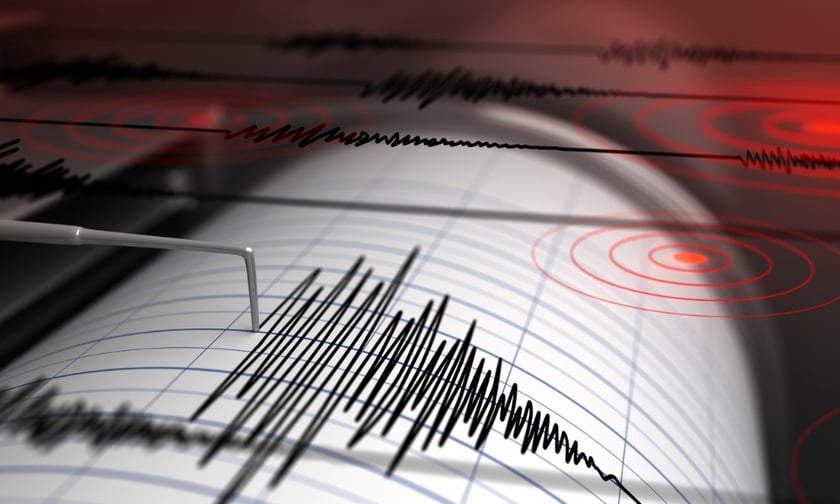

According to the high-resolution Japan Earthquake Reference Model from Karen Clark & Company (KCC), the total insured losses from the recent magnitude 7.5 earthquake in Japan are estimated to reach US$6.4 billion, with over two-thirds attributed to residential losses.
This data highlights the disparity in earthquake resilience between different types of buildings and underscores the need for continued focus on enhancing structural safety and preparedness in earthquake-prone regions.
On Jan. 1, Japan was struck by an earthquake off the west coast of Honshu Island, causing significant insured losses. The event, the most severe since 2015, occurred near Suzu on the Noto Peninsula, Ishikawa Prefecture, marking it as the deadliest earthquake in Japan since 2016.
The earthquake originated from shallow reverse faulting, a geological process where one side of a fault plane is thrust over the other. This seismic activity significantly impacted the Noto Peninsula, a region less prone to earthquakes compared to Japan's east coast. The area had previously experienced a 6.2 magnitude quake on May 5, 2023, resulting in one fatality and damage to numerous buildings.
The 2024 Noto Peninsula Earthquake affected Ishikawa, Niigata, Toyama, and Fukui prefectures, with cities including Shika, Nanao, Wajima, Suzu, Anamizu, and Noto experiencing high ground motion. Scientists from KCC estimate that properties worth over half a trillion US dollars were exposed to the earthquake, encompassing residential, commercial, and industrial assets.
In Ishikawa Prefecture, Machiya homes, traditional Japanese townhouses, are particularly vulnerable to earthquakes. These buildings, constituting over a third of the residential inventory, are susceptible to damage due to their heavy earthen walls, traditional timber construction, and tiled roofs. Their long, narrow design further heightens their risk to lateral forces during strong earthquakes.
The majority of other residential structures in the area are one- and two-storey wooden buildings. These possess better earthquake resistance due to partial reinforcement with light metal in their wooden frames. However, they are still at risk of severe damage in high ground motion areas.
The age of the buildings also contributes to their vulnerability. In Ishikawa, a significant proportion of residential buildings were constructed before 1981. In contrast, commercial and industrial buildings in the affected regions are predominantly steel constructions, offering greater earthquake resistance.
A recent commentary from AM Best anticipated that the financial impact of the earthquake on major domestic non-life insurers will be manageable in relation to the sector’s net profit.
What are your thoughts on this story? Please feel free to share your comments below.
